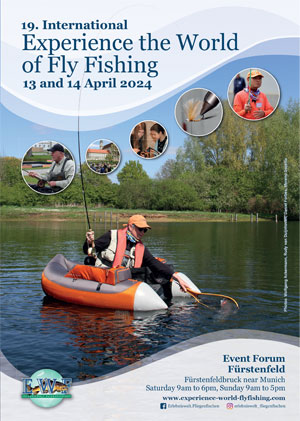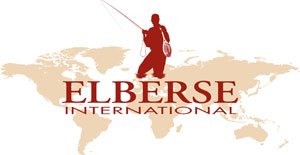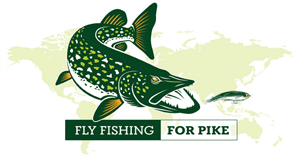Immense. Wild. Beautiful. Critical.
Welcome to the Tongass National Forest — what many people call the United States’ most unique national forest. It’s vast — approximately the size of West Virginia — and occupies most of Southeast Alaska. At nearly 17 million acres, it is the world’s largest remaining temperate rain forest and hosts some of the rarest ecosystems on the planet…

A magnificent landscape of western hemlock, Sitka spruce, western red cedar and yellow cedar trees, the Tongass contains thousands of mist-covered islands, deep fjords, tidewater glaciers and soggy muskegs that provide ideal habitat for a vast array of wild plant and animal species, including healthy salmon and trout populations. Approximately 40% of the Tongass is composed of wetlands, snow, ice, rock and non-forest vegetation, but the remaining 10 million acres are forested. Beneath these massive conifers are young evergreens and shrubs such as devil’s club, blueberry and huckleberry. Moss and ferns cover the ground, and lichens drape many trees.

The region is home to over 70 species of small and large mammals including squirrels, marten, moose, mountain goats, the Alexander Archipelago wolf and the Sitka Black Tailed Deer. The Tongass is notorious for its brown and black bear populations as there are more bears in the Tongass than in the lower 48 states combined. In addition to the vast number of mammals, there is extensive avian life. Many migratory birds, such as the Arctic Tern, spend summer months nesting on the Tongass’ archipelago. Other bird species include Northern Goshawks and Marbled Murrelets. As many as 10,000 bald eagles, the world’s largest concentration, reside in the Tongass.

The fuel for the entire ecosystem are the fish, particularly the salmon. All five species of North American Pacific salmon use this area as critical spawning and rearing grounds. During their spawning migrations, the salmon bring external nutrients from the Pacific ocean back to the forest where these nutrients feed all the other plants and animals in the Tongass.
Read more on www.umpqua4tongass.org.






